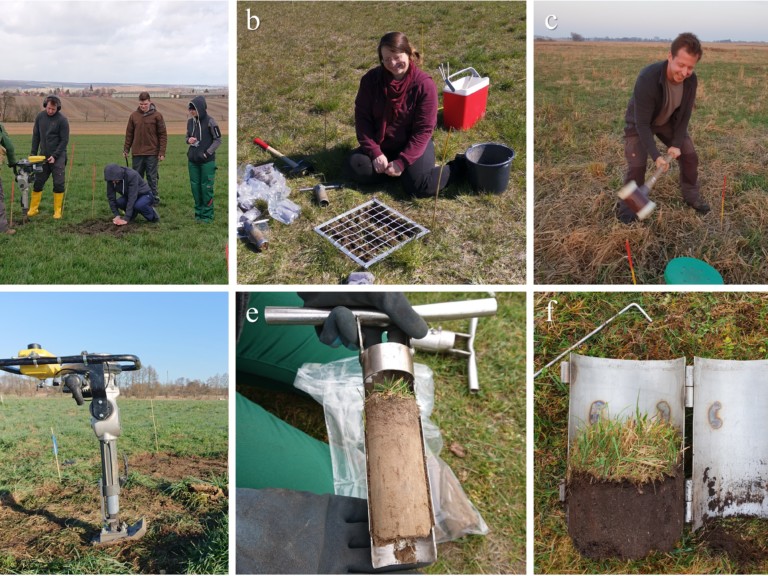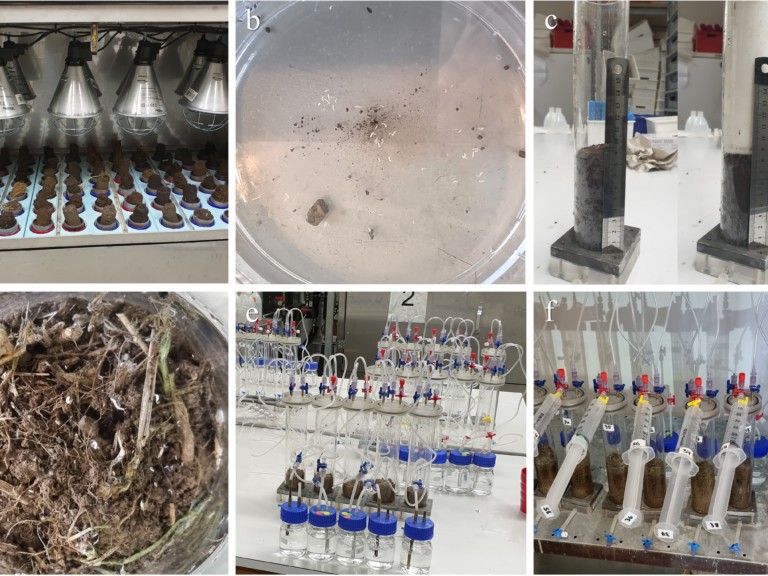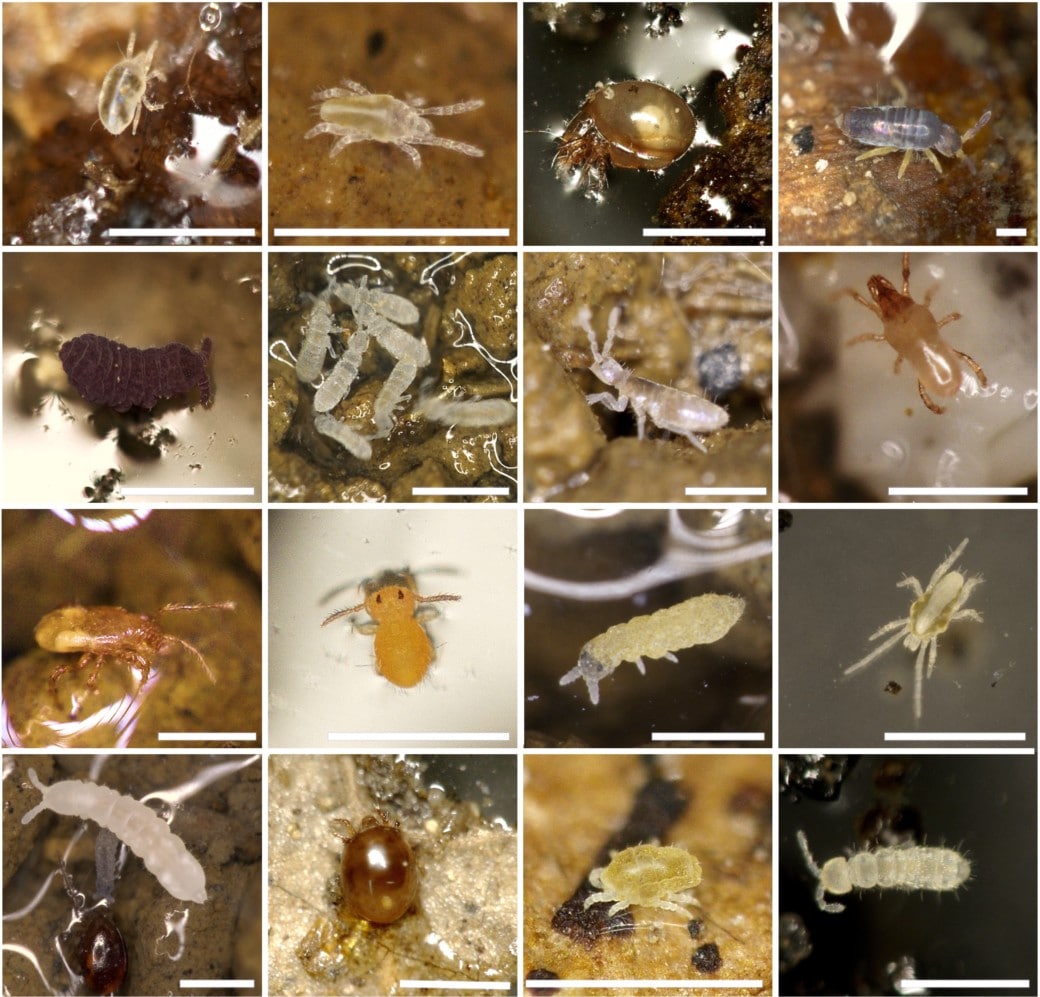Resilience of invertebrate communities in grassland soils
RESOILIENCE builds on the emerging issue of resilience as an indispensable prerequisite for developing sustainable management strategies. The ultimate goal is to fill the knowledge gap regarding the resilience and resistance of soil invertebrate communities at the highest level of basic research.
Major aims are (1) to explore innovative routes toward a mechanistic understanding of the structural and functional response of edaphic communities to management disturbances, and (2) to obtain a deep insight into the processes controlling the assembly of invertebrate communities in variable soil environments.
Focussing on the range of management intensities occurring at the grasslands of the DFG Biodiversity Exploratories, we want to exploit the unique opportunity of a large-scale long-term approach by comparing our samples taken during our BE work in 2009 and 2011 to samples newly collected in 2018. Sophisticated field and microcosm experiments, which single out crucial aspects of community recovery from soil disturbance, complement this approach by aiming at specifying, extending and validating the results.
Major elements of the innovative RESOILIENCE conceptual framework are trait-based assembly analyses, temporal dimensions of disturbance-induced assembly processes (‘successional assembly’), and transient population dynamics. Parameters determined include all relevant taxa of the soil fauna (mostly at the species level), food web structure, consumer isotopic signatures, soil processes (e.g., GHG release, C and N turnover) as well as microbial diversity and biomass (PLFA). An inherent objective is to use the novel approach of RESOILIENCE for refining statistical tools and developing advanced metrics to analyse and quantify the recovery of soil biota.












